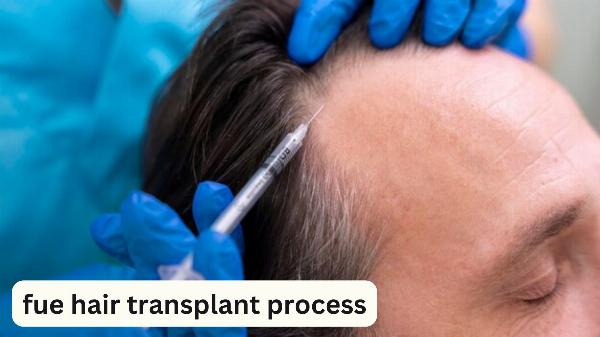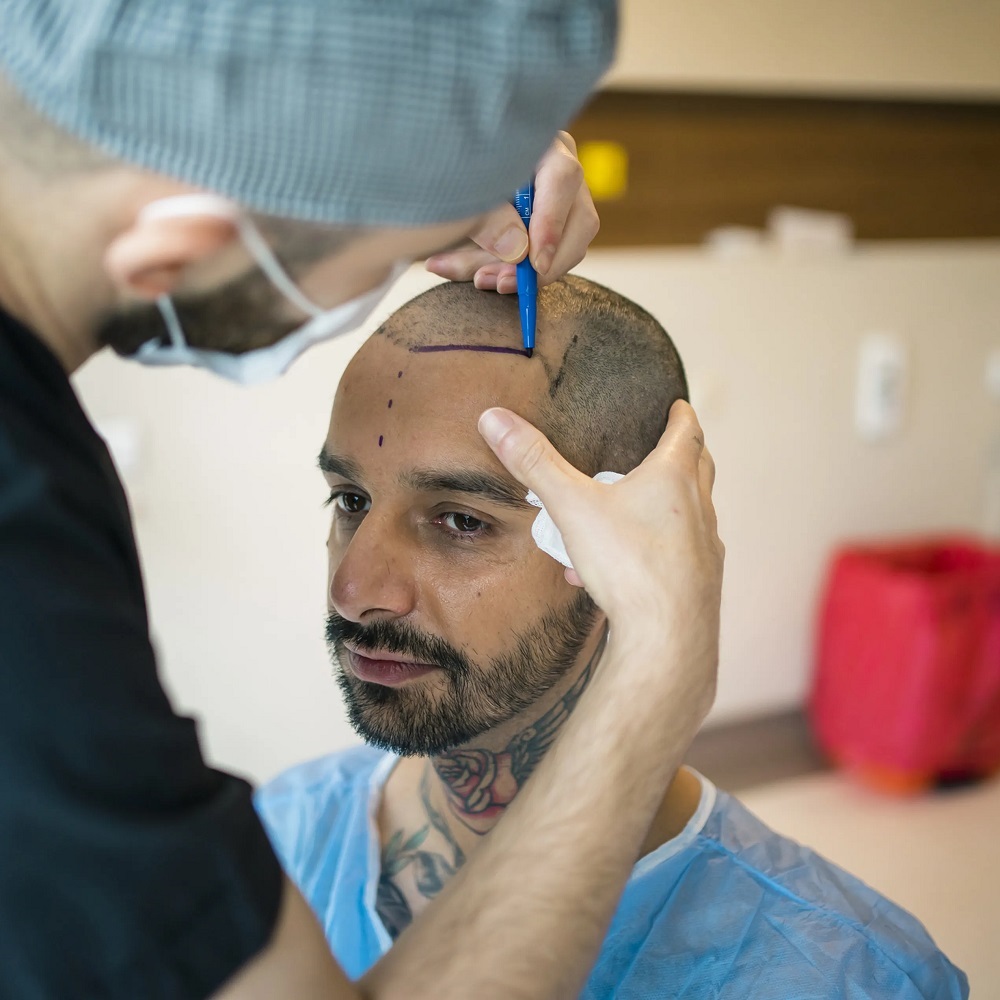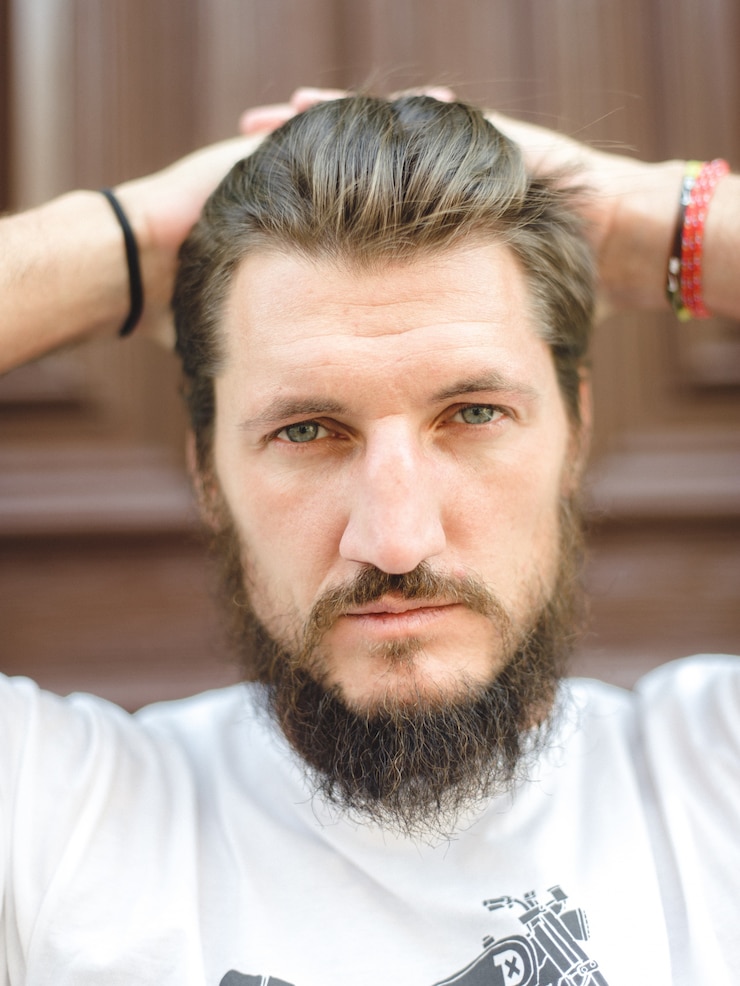The FUE Hair Transplant Process: A Comprehensive Guide

Strong 8k brings an ultra-HD IPTV experience to your living room and your pocket.
Hair loss is a common crisis that affects millions of individuals worldwide, often significantly impacting self-esteem and confidence. Among the various solutions available, hair transplant procedures have gained considerable popularity, with Follicular Unit Extraction (FUE) standing out as one of the most advanced and effective methods. This article delves into the intricacies of the FUE hair transplant process, offering a comprehensive guide for those considering this transformative procedure.
✍️ Platelet-Rich Plasma injections are one of the fastest-growing solutions for early thinning. Read our article on PRP therapy to understand the process, session frequency, and success rates backed by clinical studies.
Understanding FUE Hair Transplantation
Follicular Unit Extraction, commonly known as FUE, is a minimally invasive hair restoration method. It involves extracting individual hairs from a donor area—usually the back or sides of the scalp—and then transplanting them to areas experiencing hair thinning or baldness." This method is distinguished by its precision, reduced scarring, and natural-looking results.
The Consultation and Planning Phase
The journey of an FUE hair transplant starts with a free consultation with Dr.John Kahen. During this initial meeting, the surgeon evaluates the patient's hair loss pattern, discusses their medical history, and assesses the donor area's density and health. This step is crucial in determining the procedure's feasibility and formulating a personalized treatment plan.
Preparation for the Procedure
Once the decision to proceed with an FUE hair transplant is made, the preparation phase begins. Patients are typically advised to abstain from certain medications and smoking and alcohol in the weeks leading up to the procedure to promote optimal healing and results. On the day of the surgery, the patient's scalp is thoroughly cleansed and shaved to facilitate the extraction process.
The Extraction Process
The core of the FUE technique lies in the meticulous extraction of individual hair follicles. This is performed using a specialized micro-punch tool that creates tiny circular incisions around each follicle. The precision of this tool allows for the careful removal of follicles without causing significant damage to the surrounding tissue. The extracted follicles are then stored in a sterile solution to maintain viability until they are ready to be transplanted.
Creating the Recipient Sites
The next FUE hair transplant process step involves preparing the recipient area. The surgeon creates tiny incisions or slits in the scalp where the extracted follicles will be implanted. This stage requires an artistic touch, as the incisions' angle, direction, and density are critical in achieving a natural-looking result. The goal is to mimic the patient's natural hair growth pattern as closely as possible.
Implantation of Follicles
Once the recipient sites are ready, the harvested follicles are implanted into these incisions. This delicate process demands precision and expertise to ensure the follicles are placed at the correct depth and angle. Each follicle is strategically positioned to maximize coverage and density, contributing to a seamless blend with the existing hair.
Post-Procedure Care and Recovery
After the FUE hair transplant procedure is complete, patients receive detailed post-operative care instructions. These guidelines must be followed meticulously to promote healing and ensure the best possible outcome. Common post-procedure recommendations include:
Avoid strenuous activities, avoid touching or scratching the treated area, and use prescribed medications to manage pain and prevent infection.
The Healing Process
After an FUE hair transplant, the initial healing phase typically lasts about 7 to 10 days. Patients may experience minor swelling, redness, and scabbing during this period in both the donor and recipient areas. These symptoms are temporary and generally subside as the scalp heals. Patients should avoid direct sunlight and wear loose-fitting hats to protect the treated areas.
Hair Growth Timeline
Understanding the hair growth timeline is one of the most critical aspects of the FUE hair transplant process. Patients should have realistic expectations about when they will see results. In the first few weeks after the procedure, the transplanted hairs may shed—a natural part of the hair growth cycle known as "shock loss." This shedding is temporary; new hair growth typically begins around three to four months post-surgery.
Long-Term Results
Full results from an FUE hair transplant can take up to 12 to 18 months to become apparent. The transplanted hair gradually thickens and blends with the natural hair during this time. The outcome is a fuller, more natural-looking head of hair that can significantly enhance the patient's appearance and confidence. One of the main benefits of FUE is the longevity of its results. The transplanted hairs are not affected by the hormone that causes pattern baldness, making the outcome permanent.
Conclusion
The FUE hair transplant technique has revolutionized hair restoration, providing an effective solution for those suffering from hair loss. This minimally invasive procedure, known for delivering natural-looking and lasting results, has gained popularity among individuals looking to regain their hair and confidence. By familiarizing themselves with each stage of the FUE process, including the initial consultation and post-operative recovery, prospective patients can make well-informed decisions and confidently embark on their journey toward a fuller head of hair with a natural appearance.
Note: IndiBlogHub features both user-submitted and editorial content. We do not verify third-party contributions. Read our Disclaimer and Privacy Policyfor details.







